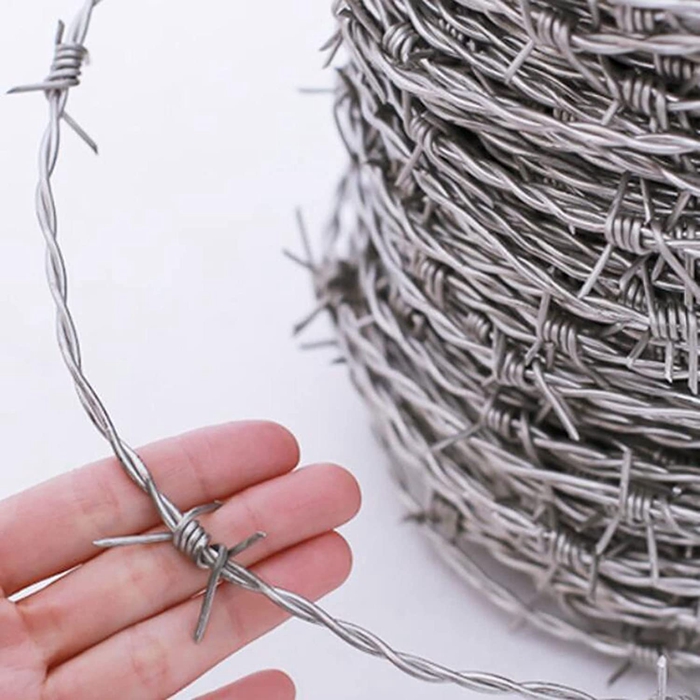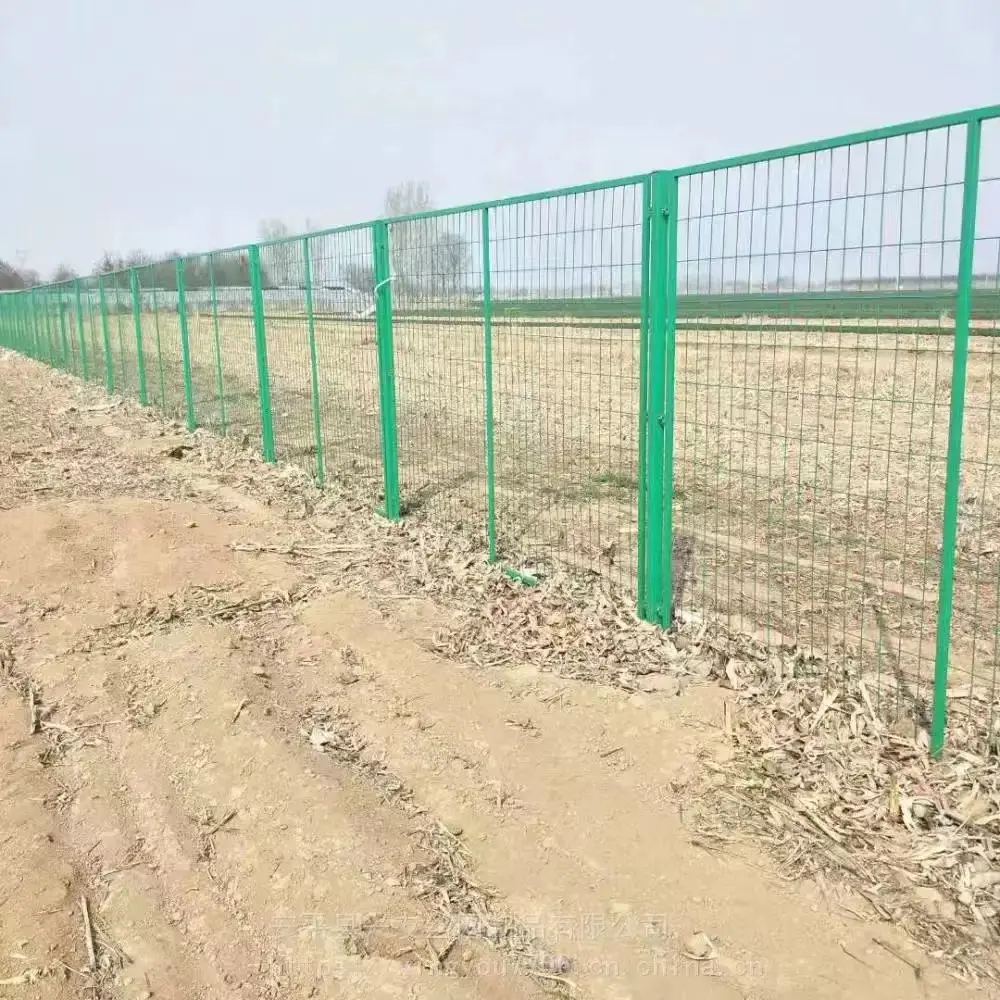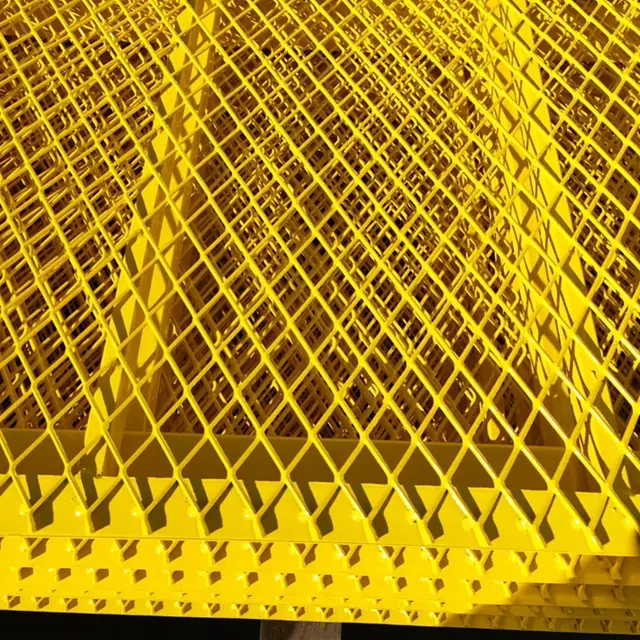The barbed wire is twisted and braided by a fully automated barbed wire machine. Barbed wire is an isolation protective mesh made by winding barbed wire on the main wire (strand wire) through a barbed wire machine, and through various weaving processes.
Barbed wire has many uses but it is majorly used for containment, division, army, protection.
Containment: - Fences can be used for both a human and non-human capacity. Prisons use barbed wire fencing known as razor wire along prison walls. If prisoners try to escape, they run the risk of injury because of the sharp points on the wiring. It is also used to contain animals on farms.
The wire stops livestock from running away and prevents farmers from the loss and theft. Some barbed wire fences can also have electricity run through them which makes them twice as effective.
Division – There is one thing that you must know about barbed wire is that barbed wire fencing is the reliable way to isolate lands and keep them free from possession disputes. No one can claim the land to be theirs if each plot is demarcated by barbed
wire fencing. Barbed wire fencing intercept from illegal territorial expansion or illegal possession of territories.
Army - Barbed wire fences are popular in the army cantonment area and military camps. Training grounds for army men use barbed wire fencing. It also prevents illegal trespassing on borders and sensitive areas.
Protection – Barbed fencing used in extensive agricultural plots protects the land from encroachment from animals that would destroy the crops.
Barbed wire plays a big role in these aspects. Welcome to consult Tangren barbed wire products.










